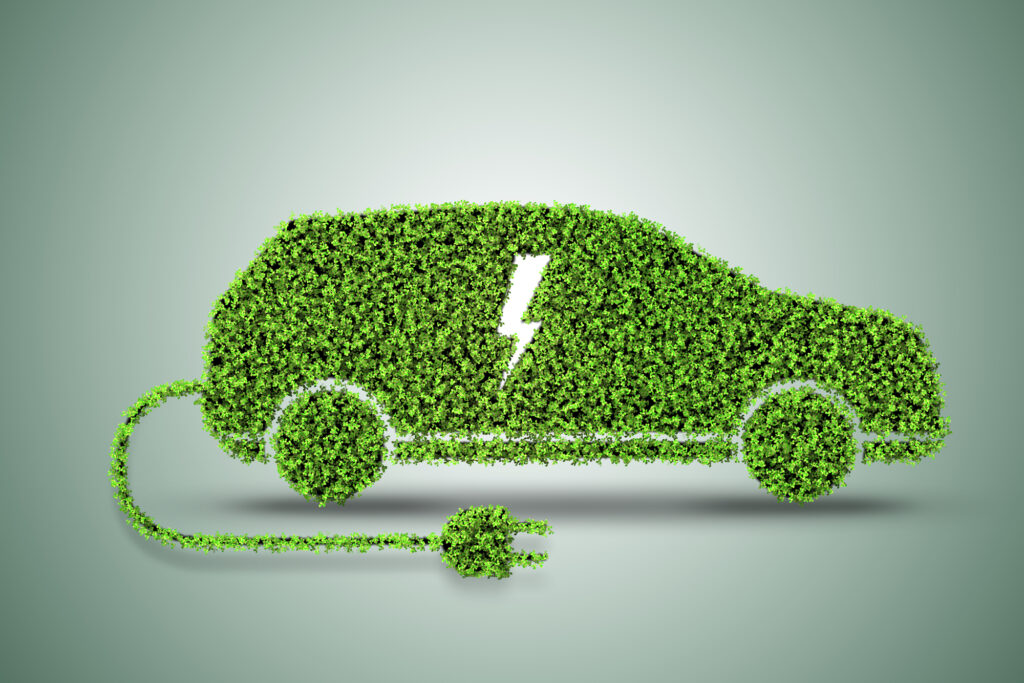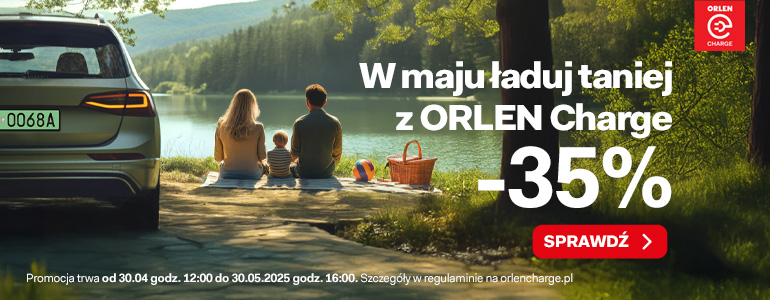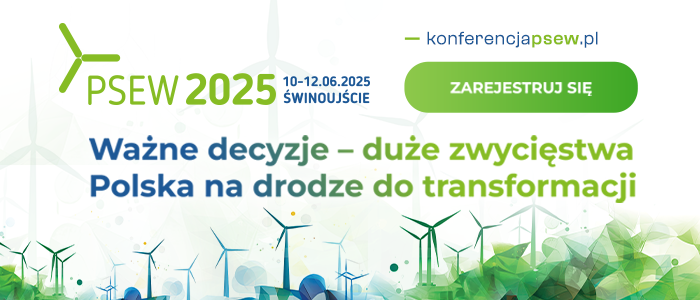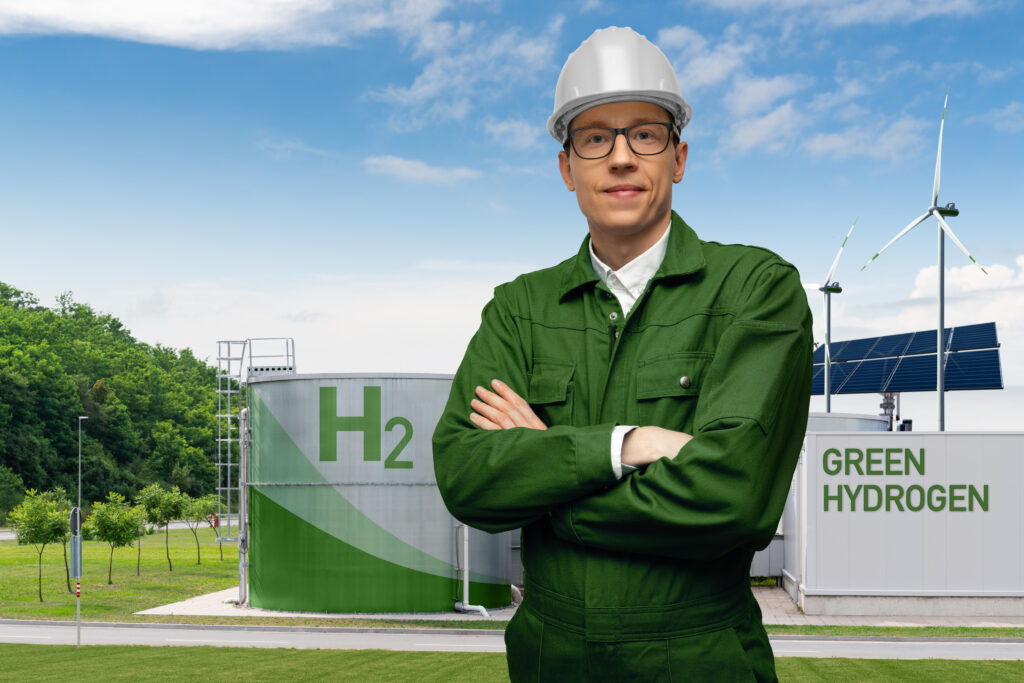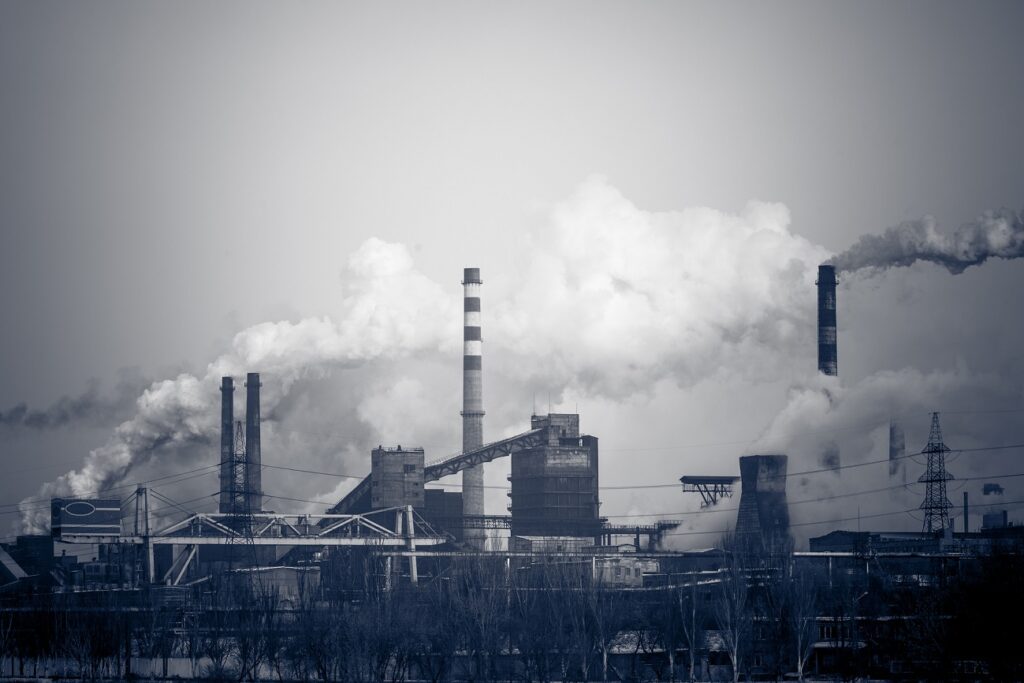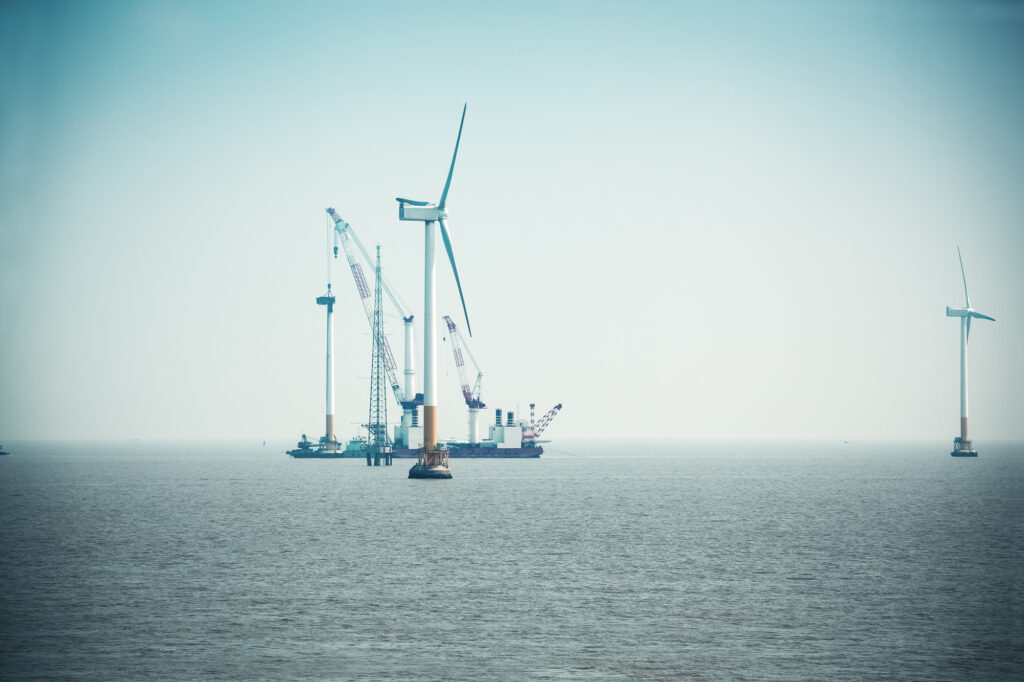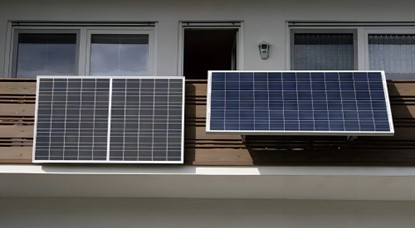On Tuesday, March 28, European Union ministers adopted an amendment to the regulation on carbon dioxide emission levels in new cars introduced to the European market. Of the 27 EU countries, almost all (23) voted in favor, 3 abstained and 1 voted against. It was Poland. However, once again our government failed to build a coalition that could block the regulations. We also failed to negotiate anything with the European Commission. This was probably because we also did not have any specific proposals to negotiate.
From a political point of view, Polish opposition in Tuesday’s vote was another manifestation of Poland positioning itself in opposition to other European Union countries. It also shows that we are unable to find allies.
Even Italian Transport Minister Matteo Salvini, known in Poland as “Putin’s friend”, ultimately abstained from voting. Italy explained that it fully supports the common goals of achieving climate neutrality by 2050, but the total reduction of emissions from new cars sold from 2035 may be too ambitious, and the date should include, among others, the pace of expansion of charging or hydrogen refueling stations, expansion of electricity networks and the availability of cheaper zero-emission cars on the market.
In turn, Viktor Orban’s Hungary supported the regulation and is doing everything to attract the electromobility industry. In total, the government in Budapest has already attracted investments worth over EUR 10 billion and is on the way to attracting more. Samsung SDI, CATL and SK Innovation already produce or will soon produce batteries there.
Poland, on the other hand, explained its opposition, among others: the desire to transfer the costs of transport transformation to car manufacturers, instead of drivers. However, Warsaw did not explain what this would look like, since the final cost of producing the product is usually borne by the buyer anyway. At the same time, the Polish government expected that EU regulations would ensure a reduction in the prices of zero-emission vehicles.
In practice, the United Right government – until recently seeking the same gigantic investments in the field of electromobility as Hungary, setting a goal of 1 million electric cars by 2025, or developing the Izera national electric car project – fell victim to internal factional fights. Once again, Morawiecki’s government played Rejtan on the EU forum to be able to show in the domestic court that it is more anti-EU than Zbigniew Ziobro’s Solidarna Polska.
Until the last moment, negotiations regarding the extent to which internal combustion engines could be used after 2035 were conducted by Germany. It is true that opposition alone along the Berlin-Rome-Warsaw axis would not be enough to outvote the remaining 24 EU countries, but it would open up opportunities to build some kind of coalition. However, Berlin finally joined most EU countries after the European Commission assured that new combustion cars will be able to be registered also after 2035, as long as they use synthetic fuels recognized by the car.
“Ban on registering combustion cars from 2035”? Not at all
What does the final version of the regulation actually provide? According to it, by 2030, car manufacturers should reduce the emission of the passenger cars they sell by 55% and the vans they sell by 50%. What matters is CO2 emissions from the entire fleet of cars sold on the EU market. Therefore, for every fuel-consuming car with a large gasoline or diesel engine, manufacturers will have to sell another one powered by hydrogen, electricity or synthetic fuel.
From January 1, 2035, the reduction in emissions from new cars sold will be 100%. Manufacturers will therefore only be able to place zero-emission vehicles on the EU market. In reality, however, the regulations are not a “ban on registering new combustion cars”, as they are most often referred to in the press.
Cars with internal combustion engines using fuels such as hydrogen or synthetic gasoline will be able to hit the market. At least for the next 11 years (until December 31, 2034), new cars with petrol and diesel engines from crude oil, as well as zero-emission cars using synthetic fuels, will be launched on the market in parallel. And from 2035, registered traditional cars with petrol or diesel engines will be able to be used and resold until the end of their life.
In practice, “zero-emission” and “traditional” cars may be exactly the same car models with the same engines. “Emission-free” models fueled with synthetic gasoline will therefore have to have, for example, electronic protection against starting them after refueling with regular gasoline (it is possible that bypassing these protections will be as popular as cutting out the DPF or cheating the EGR). The details of these solutions will be presented by the European Commission later this year.
EU commissioners were also obliged to systematically review whether the adopted regulations make sense and whether they require changes. According to the regulation, by the end of 2025, the Commission will have to present its first analysis of how the availability (including price) of zero-emission cars is increasing and how reducing the emission intensity of sold cars affects consumers’ pockets. Officials will also have to show an analysis of the availability of used electric and hydrogen cars and their prices, so that they can check whether zero-emission cars on the secondary market are cheaper enough to become a reasonable alternative to traditional cars.

